
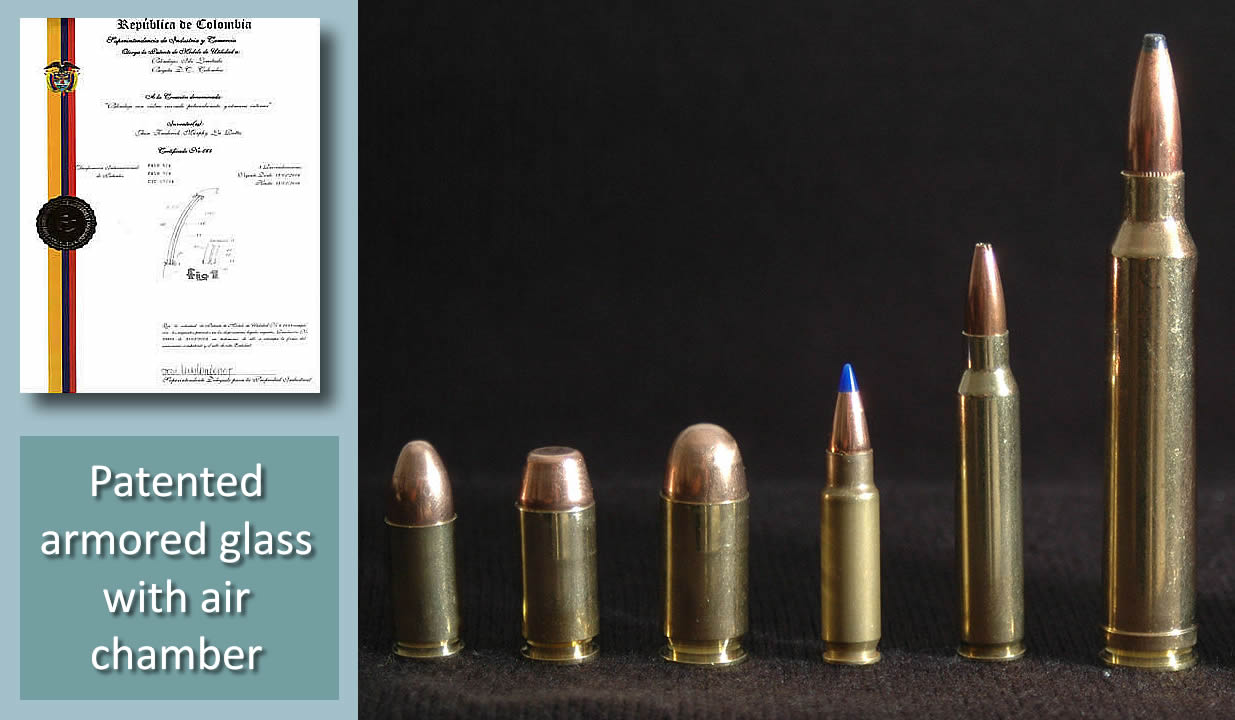
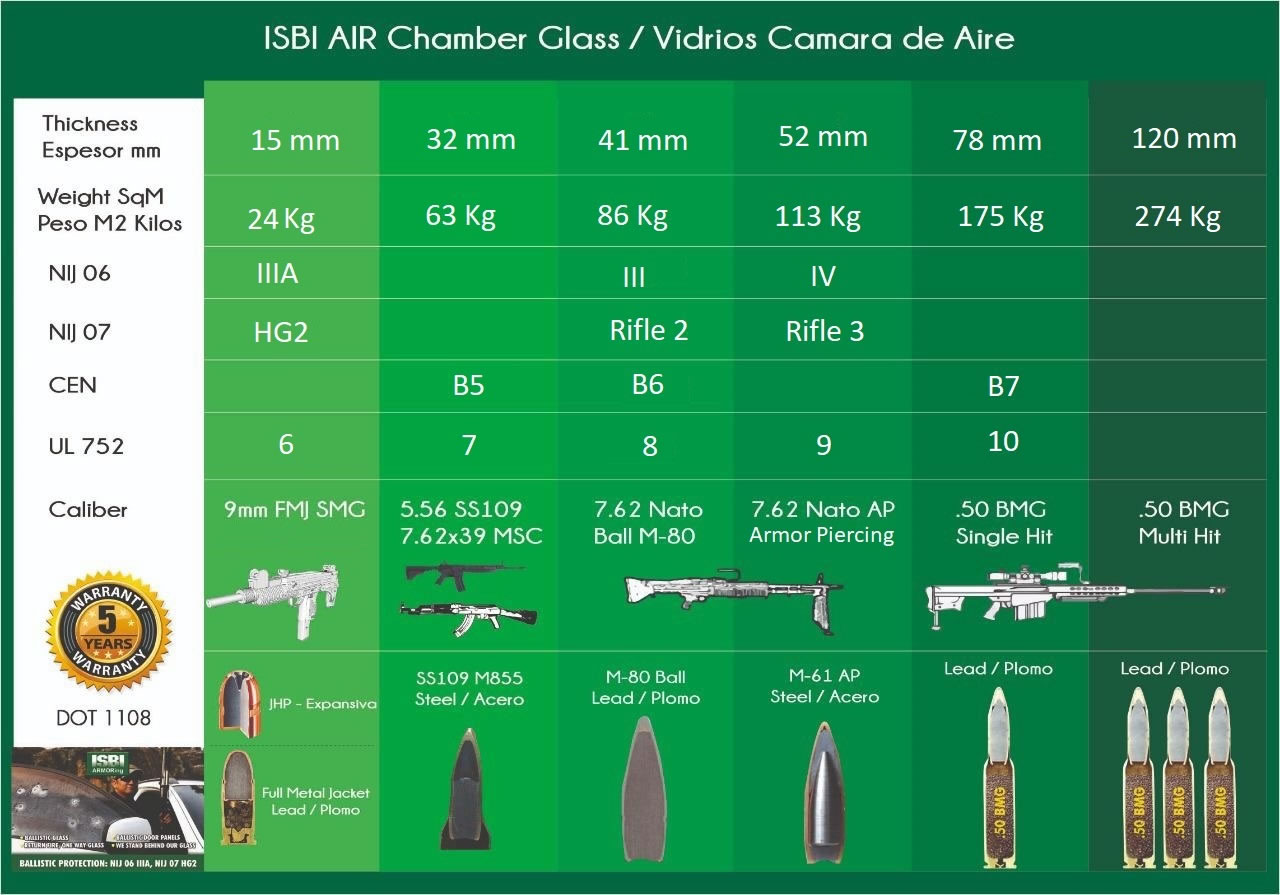
In order to determine the level of armor needed, the following characteristics of the projectile are considered:
1. Velocity: The higher speed, the greater penetration power. A .38 will penetrate less that a .357 Magnum
2. Diameter: The smaller, the diameter of projectile, the more penetration. (Damage) a 9mm will penetrate more than a .45
3. Harder: The harder, the projectile, more penetration. A lead nose .38 will penetrate less that a 9mm FMJ
4. Shape: The more cone-like shape of the projectile,
the more penetration. A rifle round will penetrate more than a 9mm Ball. A ball round will penetrate more than a JHP or a wad cutter.
5. Weight: The heavier the projectile is, the more penetration.

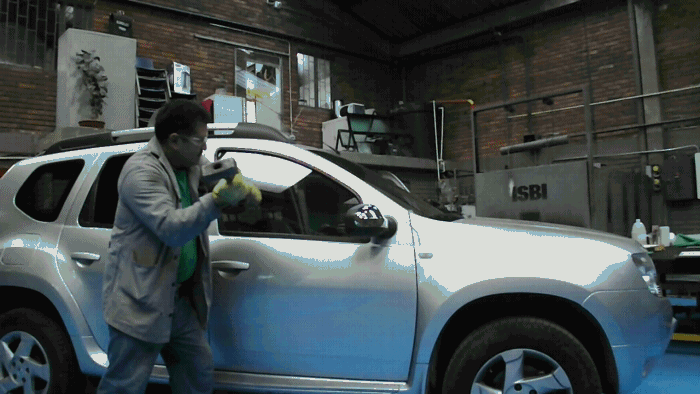
LEVEL I: Protects from vandals and blunt blows as with bricks, hammers, bats, etc.

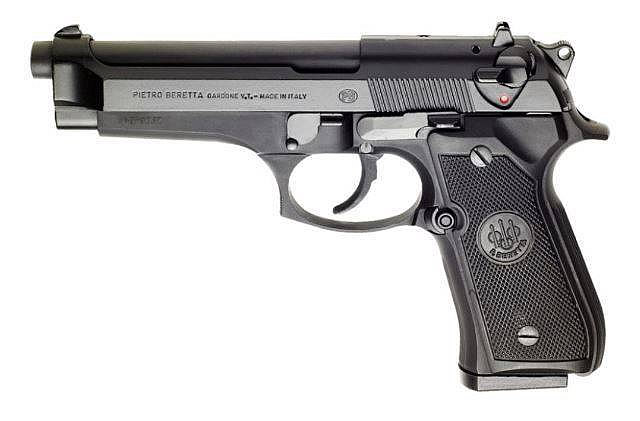
LEVEL II: Stops low power projectiles (.25,.32,.38, 9mm pistol)

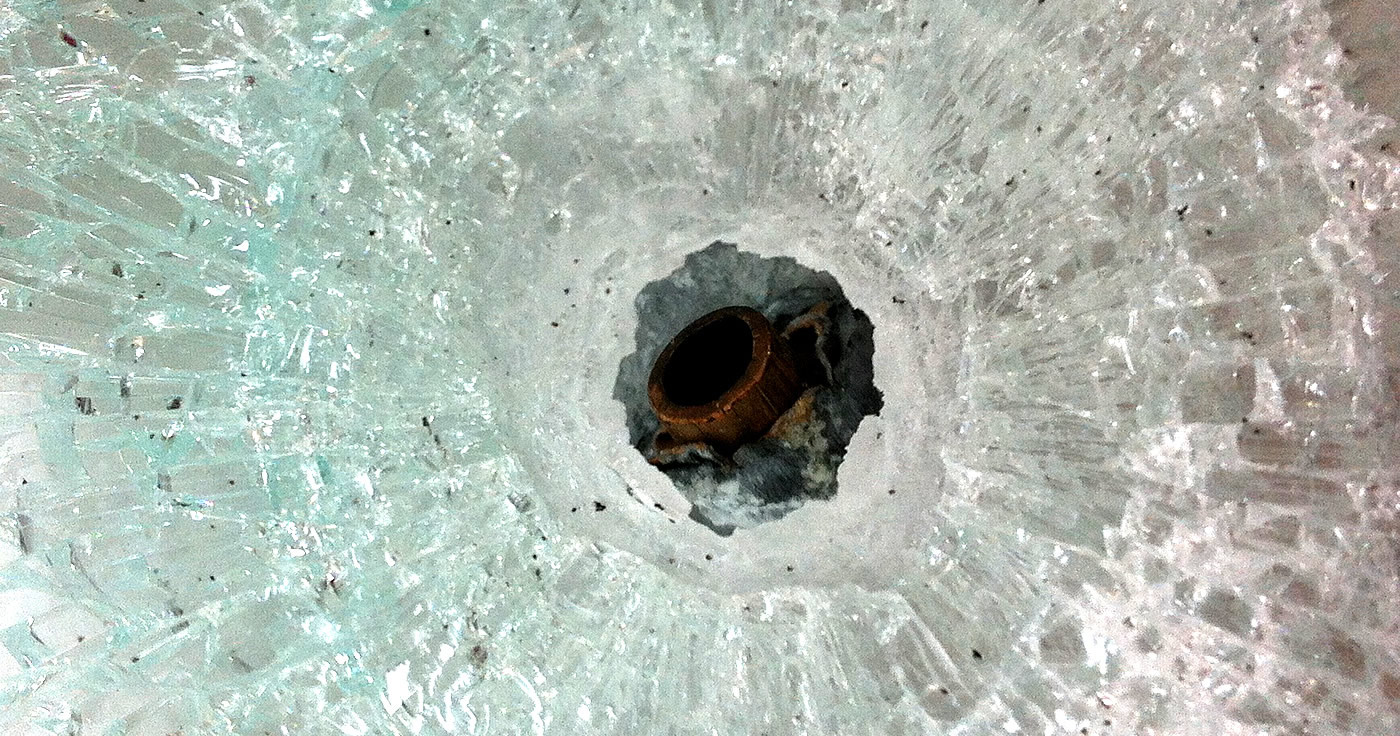
Our Level III (NIJ IIIA -Handgun 2-) armor is designed to withstand multiple 9mm submachine rounds.
The majority of the vehicles that we armor are at this level of protection.
*The total weight of the vehicle increases 500 LBS
9mm Protection. High Speed Ammo -SMG-

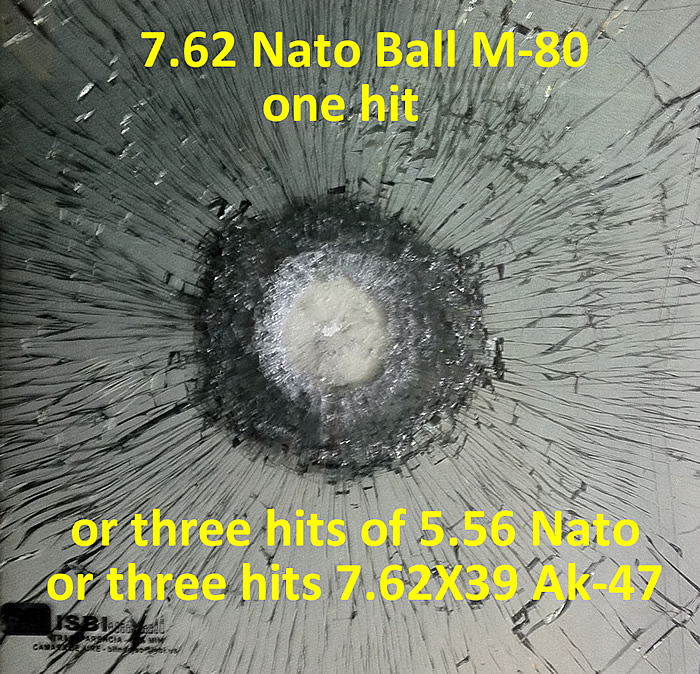
This level of armor (LEVEL IV) is used when the threat level for rifle fire is high (rifle calibers 7.62 Ball M80 @ 830 meters per second and 5.56 M855 -SS109- and M193 called B6+). Rifle (CEN B6) (NIJ 0101.07 Rifle 2).
In addition, the roof and floor are usually armored in level IIIA (HG2).
The total weight of the vehicle increases 1,900 lbs.
SS109 5.56 NATO "Green Tip" easily penetrates 86 Layer plastic PE such as level NIJ III -Rifle level 2- (0101.07 RF2) Spectra or Dyneema.
*OUR SILICON CARBIDE TILES STOPS THEM ALL*

LEVEL V